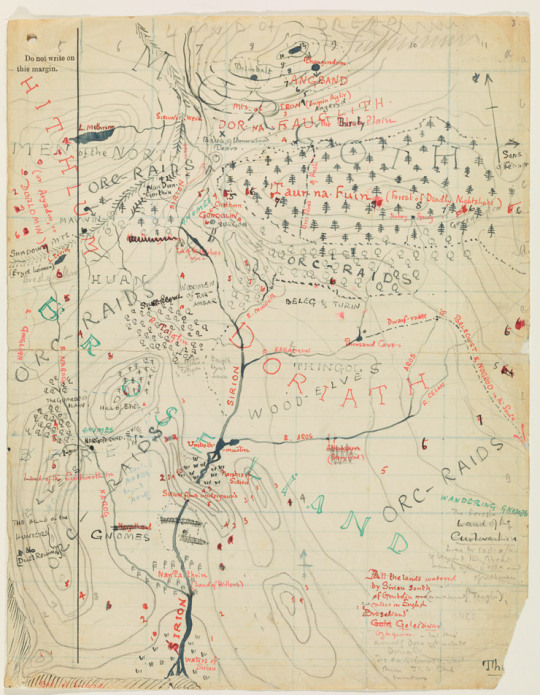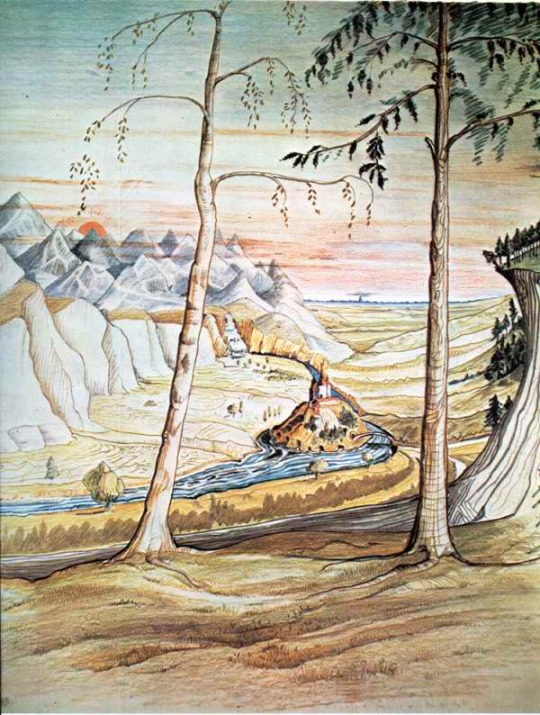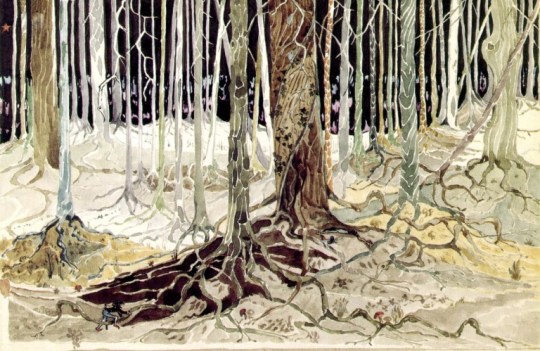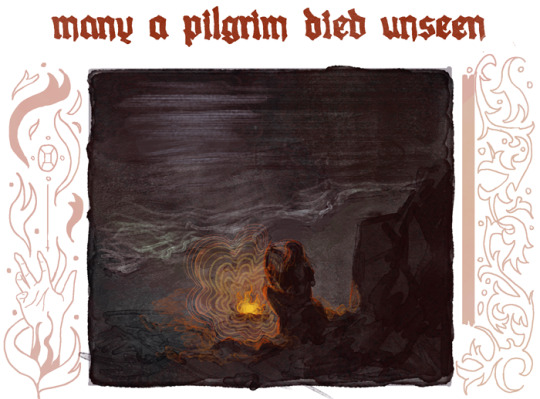Text
I only come on here to complain how I don't know how to use Tumblr 🤣
1 note
·
View note
Text

My art fill for day 14 of Lucemond Twitter Dovetober challenge, prompt Forced Feminization
#lucemond#lucerys velaryon#aemond targaryen#hotd#my art#signs of life check in#sry i'm really more of a twitter girl
66 notes
·
View notes
Text

Just a little sketch I did for Lucemond Dovetober Twitter event, the prompt was dacryphilia
8 notes
·
View notes
Text
I really just use Tumblr to check in on Corviids' blog haha
#my nonsense#i'm too lazy to reblog because then i'll have to add tags#tags to me is like my twitter circle#the text box intimidates me#i feel like there's a modicum of safety hiding my message in the tags#see now the tags section of this post is longer than the actual post XD
2 notes
·
View notes
Text
I'm not sure if this has been talked about before, but I'm gonna talk about it regardless because it has completely blown my mind. I first discovered it on a reddit post, which you can read here.
In the book The History of the Hobbit, John Rateliff suggests that the Wilderlands of The Hobbit is actually the Beleriand of Tolkien's early mythology as it was written during the 1930's, only taking place ages after the War of the Jewels, since the later ages and maps of middleearth hadn't been created by Tolkien yet. Keep in mind that at this point in Tolkien's writings, the breaking of Thangorodrim was nowhere near as bad as it would later turn out to be. Beleriand never sank into the sea, but it was still drastically changed.
Here are two maps drawn by Tolkien during the 1930's, one of Beleriand and the other of the Wilderlands found in the Hobbit:


In terms of similarities, one of the first things I noticed(and one of the most obvious) was the river Sirion and the Great River of the Wilderlands. The name Sirion literally translates to 'Great River'.
In the middle of the path of said river is the Carrock, which is where the Eagles set Bilbo and Company down after saving them, and the way it is described in the Hobbit reminds me a lot of this illustration Tolkien made of Tol-Sirion:

"But cropping out of the ground, right in the path of the stream which looped itself about it, was a great rock, almost a hill of stone, like a last outpost of the distant mountains, or a huge piece cast miles into the plain by some giant among giants."
-The Hobbit, Queer Lodgings.
AND it is also uses very similar wording to how the Lay of Leithian describes Tol-Sirion(Tolkien was working on the Leithian around the same time he was writing The Hobbit):
'An isled hill there stood alone/ amid the valley, like a stone/rolled from the distant mountains vast/when giants in tumult hurtled past'
-Lay of Leithian.
There's also the mention of "a little cave, (a wholesome one with a pebbly floor) at the foot of the steps" which the person in the reddit post suggests could be the remains of the very same dungeon where Finrod, Beren, and their companions were imprisoned by Sauron after their disguises were stripped away. The same place where all but one of them were slowly devoured one by one. The same place where Finrod died.
Above it at the top of the Carrock would be where Finrod was buried, and the "Ford of huge flat stones [that] led to the grass-land beyond the stream" could be the remains of the broken bridge that was destroyed by Luthien: "the hill trembled; the citadel/crumbled and all its towers fell/the rocks yawned and the bridge broke/and Sirion spurned in sudden smoke."

The "two Mirkwoods" is also a big one. I always found it odd that there were two completely different forests sharing the same name, but at the time Tolkien wrote it, they weren't seperate at all, but the exact same forest, just changed and grown over thousands of years in between the events of the Silmarillion and The Hobbit. The same forest that Sauron fled to after the fall of Tol-in-Guarhoth. The same one Beleg found Gwindor in after his escape from Angband.
If they really were intended to be the same forest at the time Tolkien wrote it, it also answers the question I had earlier regarding this part in the Leithian when Sauron flees Tol-in-Guarhoth:

A new stronghold? We never hear anything about this in the Silmarillion, of Sauron building a new stronghold in Taur-nu-fuin, and it puzzled me when I first read it. But that's when I realized that this "new throne and darker stronghold" was talking about none other than the fortress of Dol Guldur itself, Sauron's stronghold within Mirkwood.
(Not lying, I was pretty proud of myself for figuring that one out)
Oh, and the Lonely Mountain? While it doesnt appear on the 1930's Beleriand map, it would likely be Maedhros's fortress of Himring itself, or at least the mountain it was built on top of, as Himring is located east of Taur-nu-fuin just about in the same place where Erebor is located. Just the thought of the Dwarves' home being within the very mountain that once had Maedhros's citadel atop it has my brain going wild. (Oh, and the fact that the arkenstone was found within the ancient hills of what was once Himring, fortress of the elf lord who threw himself into a fiery chasm with a silmaril? Coincidence? I think NOT)
There are plenty of other similar locations between the two maps, and judging by them both Eriador would be Hithlum/Aryador, with the Misty Mountains being the Mountains of Shadow. The Withered Heath would be the Anfauglith, the Eagle Eyrie would be the Crissaegrim, and the Iron Hills are what's left of Nogrod and Belegost. I've even heard that Mavwin/Morwen's house could be the roots of Rivendell.
Overall, it's so, so cool and it has my mind running wild. It really makes me see The Hobbit in a whole new light. We all talk about the amazing stories that came out of the Hobbit aka Lord of the Rings, but seeing where the stories of the Hobbit came from just adds a whole other level of depth to it all. This is why I love Tolkien's works so much. It's all so incredibly deep and rich and it just gets better and richer the deeper you go, and there's so much of it. It's one of those things that you just rarely get tired of, and even if you do, you're bound to come back to it later and I love it.
458 notes
·
View notes
Text
Rethinking Finrod
One trap I’ve noticed I sometimes fall into when thinking about the Silmarillion is interpreting everything else I learn about a character in light of my initial impression. On my first read-through, for instance, I started thinking of Curufin and Celegorm as “the villains” mostly because of what they did to Lúthien, and so I interpreted everything else they did earlier in the story in terms of how it fit with my villain-narrative.
Eventually I forced myself to consciously rethink their characters, and once I did that I realized it no longer made sense to think of Losgar as “well, of course, they were villainous”, or of Curufin’s interaction with Eöl as “well, of course, he’s a villain” and I ended up arriving at completely different interpretations of their characters – even though my interpretation of the situation with Lúthien didn’t actually change.
On my first read-through of the Silmarillion, I tagged Finrod as “shining good guy”. And that meant that I was inclined to interpret everything else he did as charitably as possible, which reinforced my positive impressions of him, which made me more inclined to interpret his character charitably, and to dismiss the disturbing things he does and attitudes he shows as “out of character”.
When I stopped that, and started looking only at Finrod’s actions without trying to make excuses for them, I came to the conclusion that he is a usually well-intentioned but not especially kind person, that he’s not half as wise as he’s given credit for, that he doesn’t really value the lives of the people who swear him loyalty all that much, and that his attitude towards Men is disturbing, condescending, and outright awful in places.
Also, he might have authorized the annihilation of the Petty-Dwarf civilization.
Keep reading
244 notes
·
View notes
Text







And it is told of Maglor that he could not endure the pain with which the Silmaril tormented him; and he cast it at last into the Sea, and thereafter he wandered ever upon the shores, singing in pain and regret beside the waves. For Maglor was mighty among the singers of old, named only after Daeron of Doriath; but he came never back among the people of the Elves.
1K notes
·
View notes
